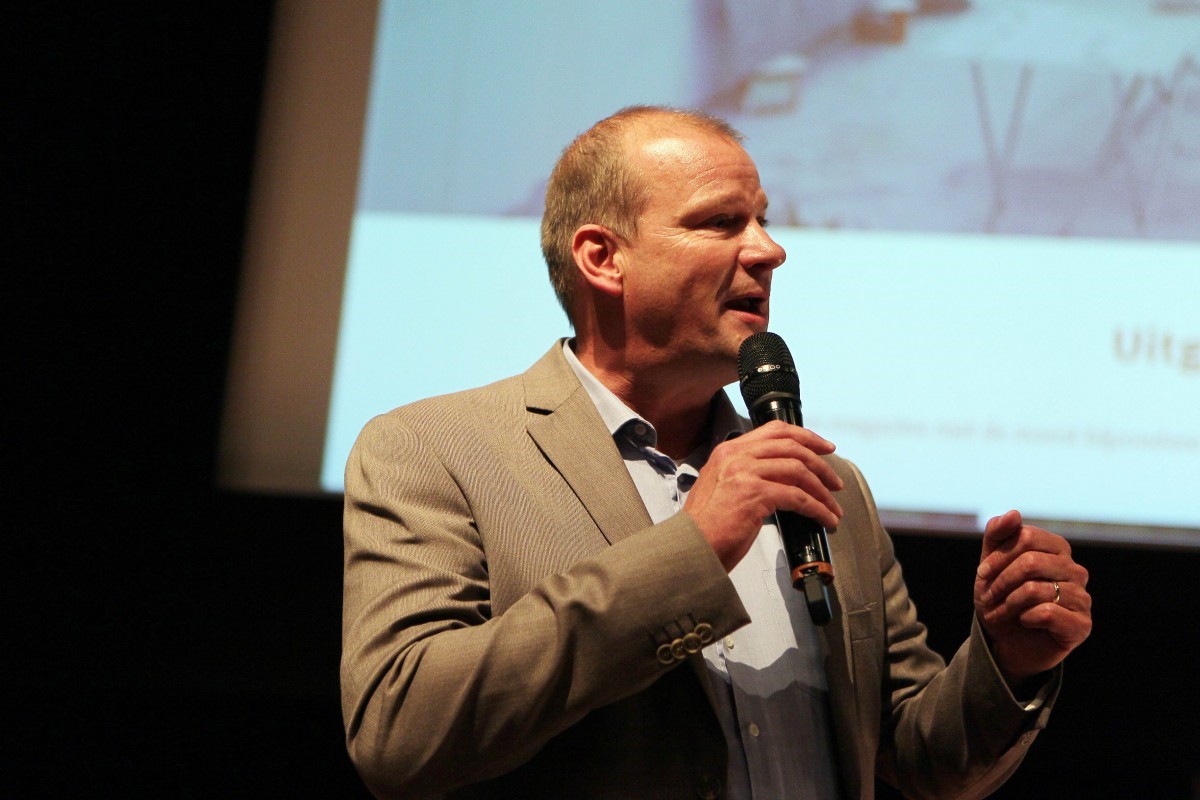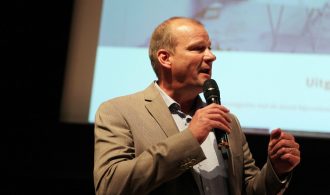It seems that public speaking is something that comes quite a long way down the list of preferred activities for many people. Whether speaking as part of your job or at a personal engagement, even the most outgoing people can feel their confidence evaporate.

Many professionals rank public speaking as one of their biggest fears, so help in this area is often welcome. Let’s take a look at some top tips.
Get back to English class
For many of us, the last time we studied English and thought carefully about metaphors, similes and analogies was when we were in high school. Look at what you are saying, and ask yourself if there is any way that you can make your concepts more tangible by using these devices.
Break up your points
Whether you are appearing as a motivational speaker, to educate a group or as part of a sales pitch, you are likely to have a message that you need to get across to your audience. Splitting up your points into three-part lists helps to make them more memorable, giving them ideas that they can take away from your presentation.

Are rhetorical questions important?
Speakers such as https://www.adventureman.org/motivational-speaker/ know that they need to make their audience feel differently about some aspect of themselves by the end of the presentation. The use of rhetorical questions can help your audience examine themselves and enact that change.
Warm yourself up
Performance anxiety is something that can affect even the most seasoned professionals. If you need to deliver a lengthy presentation to a large audience, it is vital that your body is prepared effectively for this. Try to get your voice warm by employing some basic warm-up exercises. There are many appropriate exercises available online.
Be sloppy
SLOP stands for slow, loud, over-articulate, pause. Whilst this is a technique used by speech therapists, it is a great way to ensure that your message is heard and understood by an audience.
Structure your speech
Begin by telling your audience what the situation is, then explain how different things could be, what could change and how this could be enacted. Rotate throughout these points during your speech, ending with a strong promise about the changes to show your audience the benefits of whatever you are presenting to them.

